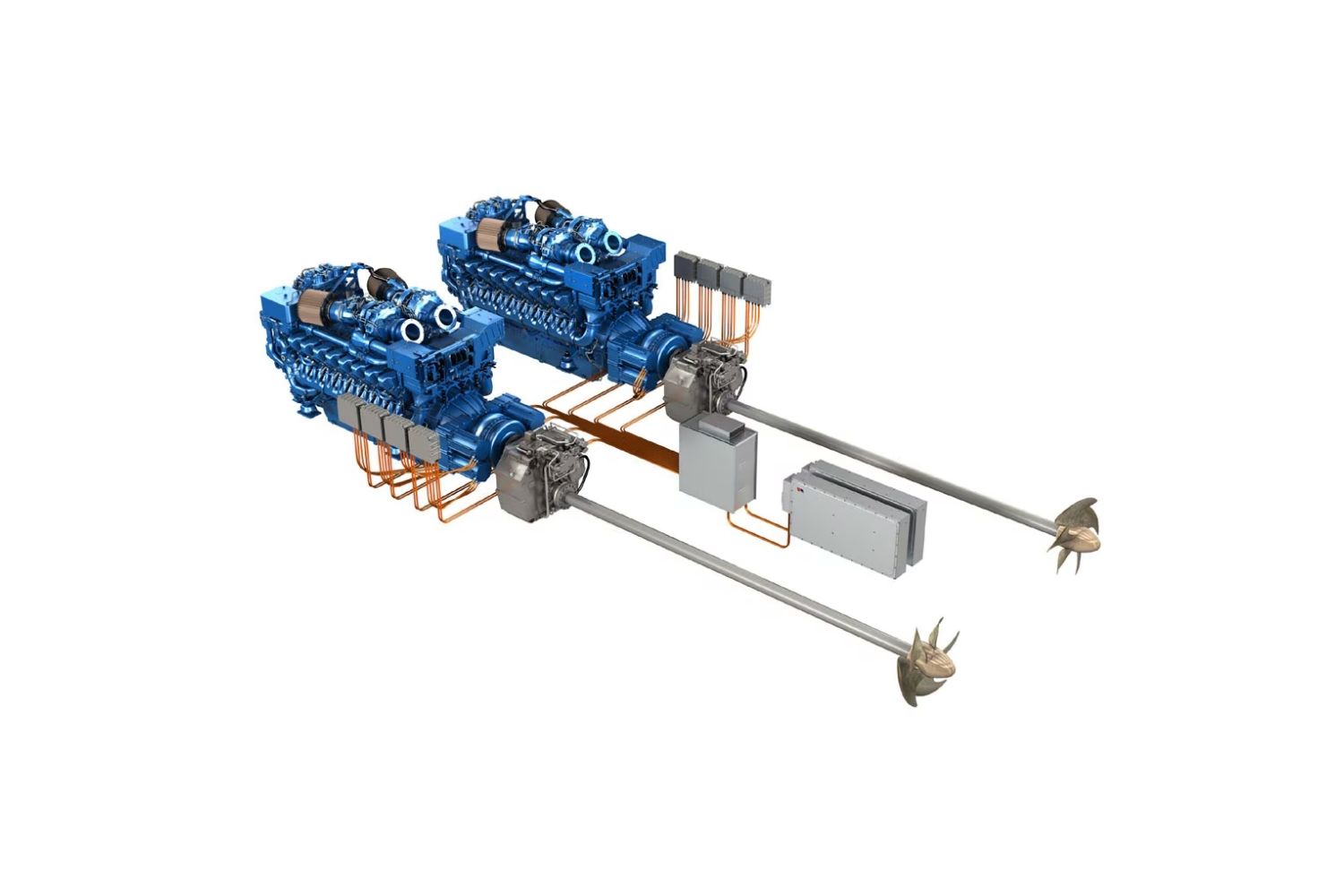
Hybrid propulsion is changing how we think about transportation. Combining traditional engines with electric motors, this technology offers a cleaner, more efficient way to travel. But what exactly makes hybrid propulsion so special? Hybrid vehicles use less fuel, produce fewer emissions, and often have better performance than their conventional counterparts. They can switch between electric and gasoline power, optimizing energy use. This means fewer trips to the gas station and a smaller carbon footprint. Curious about how this works? Let's dive into 21 fascinating facts about hybrid propulsion, from its history to its future potential. Buckle up; it's going to be an enlightening ride!
Key Takeaways:
- Hybrid propulsion combines gasoline and electric power to make cars more efficient and eco-friendly, but it also faces challenges like higher costs and limited electric range.
- The future of hybrid propulsion looks bright with advancements like solid-state batteries, promising longer life and faster charging for hybrid vehicles.
What is Hybrid Propulsion?
Hybrid propulsion combines two or more types of power sources to drive a vehicle. Typically, it merges an internal combustion engine with an electric motor. This technology aims to enhance fuel efficiency, reduce emissions, and improve overall performance.
- Hybrid propulsion systems often use a combination of gasoline and electric power.
- Electric motors in hybrids can provide instant torque, improving acceleration.
- Regenerative braking in hybrids captures energy usually lost during braking and stores it in the battery.
- Plug-in hybrids can be charged from an external power source, extending their electric-only range.
- Hybrid vehicles often switch between power sources to optimize efficiency.
Types of Hybrid Propulsion Systems
Different types of hybrid systems cater to various needs and preferences. Each type has unique characteristics and benefits.
- Series hybrids use the electric motor to drive the wheels, with the internal combustion engine generating electricity.
- Parallel hybrids can power the vehicle using either the engine, the electric motor, or both simultaneously.
- Series-parallel hybrids combine features of both series and parallel systems, offering greater flexibility.
- Mild hybrids use a smaller electric motor to assist the engine but can't power the vehicle on electricity alone.
- Full hybrids can run solely on electric power for short distances.
Benefits of Hybrid Propulsion
Hybrid propulsion offers numerous advantages, making it an attractive option for many drivers. These benefits range from environmental to economic.
- Fuel efficiency is significantly improved in hybrid vehicles, reducing the frequency of refueling.
- Lower emissions contribute to a cleaner environment and help combat climate change.
- Reduced noise levels make hybrids quieter than traditional vehicles.
- Tax incentives and rebates are often available for hybrid vehicle owners.
- Resale value of hybrids tends to be higher due to their growing popularity.
Challenges of Hybrid Propulsion
Despite the benefits, hybrid propulsion systems face certain challenges. Understanding these can help in making informed decisions.
- Higher initial costs can be a barrier for some potential buyers.
- Battery life and replacement costs can be concerns over the long term.
- Limited electric range in some hybrids may not meet all drivers' needs.
- Complexity of hybrid systems can lead to higher maintenance and repair costs.
- Availability of charging stations for plug-in hybrids can be limited in some areas.
Future of Hybrid Propulsion
The future of hybrid propulsion looks promising, with ongoing advancements and innovations. These developments aim to address current challenges and enhance the technology further.
- Solid-state batteries promise longer life, faster charging, and improved safety for hybrid vehicles.
The Future of Hybrid Propulsion
Hybrid propulsion is changing how we think about transportation. With reduced emissions, improved fuel efficiency, and quieter operation, hybrid systems are paving the way for a cleaner future. They combine the best of both worlds: the power of traditional engines and the efficiency of electric motors. As technology advances, expect even more innovations in this field.
Automakers are investing heavily in hybrid technology, making it more accessible and affordable. This means more options for consumers looking to make environmentally friendly choices. Governments worldwide are also supporting this shift with incentives and regulations aimed at reducing carbon footprints.
Hybrid propulsion isn't just a trend; it's a significant step towards sustainable transportation. Whether you're a car enthusiast or just someone who cares about the planet, hybrid technology offers a promising glimpse into the future of mobility.
Frequently Asked Questions
Was this page helpful?
Our commitment to delivering trustworthy and engaging content is at the heart of what we do. Each fact on our site is contributed by real users like you, bringing a wealth of diverse insights and information. To ensure the highest standards of accuracy and reliability, our dedicated editors meticulously review each submission. This process guarantees that the facts we share are not only fascinating but also credible. Trust in our commitment to quality and authenticity as you explore and learn with us.
